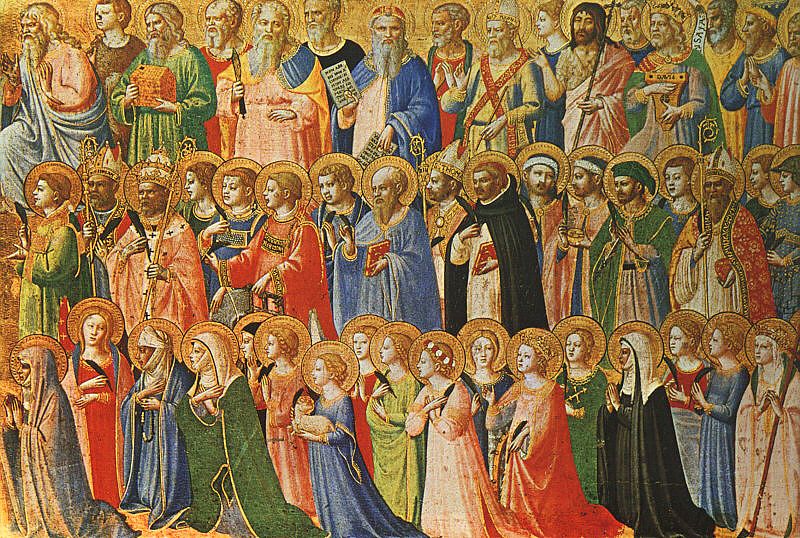The Road to Sainthood: A Fascinating Journey into Human Holiness
On November 1, we celebrate the Solemnity of All Saints. Interestingly, more than 10,000 saints are venerated in the Catholic Church. How did over 10,000 people manage to be canonized? For starters, it is probably safe to say that since the Church has been around for 2000 years, that only works out to five saints a year. So, as far as the numbers go, that seems irrelevant. What is relevant is the actual process of attaining sainthood. The procedure is exceptionally stringent since no mistakes as to a candidate’s eligibility can go uncovered.
It should be noted that prior to the tenth century there was no set procedure for canonization. Frequently, different communities honored or venerated people whose stories were not backed by solid fact. Some stories were made up. For example, St. George the Dragon Slayer is from the third century. He is honored by both Muslims and Christians. Is the story fact or legend? In the French countryside St. Guinefort is venerated as the protector of babies. It seems that Guinefort saved a baby from a snakebite. The only problem was, Guinefort was a dog.
Interestingly, 52 of the first 55 popes became saints during Catholicism’s first 500 years. During the last one thousand years, only seven popes have attained sainthood, and that includes St. John Paul II and St. John XXIII.
The first saint formally canonized was St. Ulrich of Augsburg. He was canonized by Pope John XV in 993. During the 12th century, the Church, realizing they needed an orderly system, began to put a process in place. Then, in 1243, Pope Gregory IX proclaimed that only a pope had the authority to declare someone a saint. That process still exists to this day.

What is the actual process on the road to sainthood?
We know this for sure: sainthood is not an easy honor to attain. There are five steps in the journey. The first step begins right in the neighborhood where the proposed saint lived and was known.
After a person has been dead for five years (this time frame may be waived by the pope), friends and neighbors may get together and document all they can about that particular person. They would then present their evidence to the local bishop, requesting he begin an investigation into the person’s holy and exemplary life.
If the bishop feels the evidence is worthy of the cause moving forward, he may appoint a postulator to represent the cause. If, after further investigation, they feel the cause is worthy, they forward it to Rome. Now the evidence goes before the Congregation for the Causes of Saints. At this point in the process, the person receives the title Servant of God.
The Congregation for the Causes consists of nine theologians who thoroughly review all the documentation that has been presented to them. The person’s writings are examined, and all aspects of their life are picked apart. Nothing can go against the teachings of the Church. If they decide the candidate has been a person of “heroic virtue,” they are declared Venerable, and their cause moves on towards the next step; beatification.
Except in the cases of martyrdom, beatification requires one miracle. The candidate’s character and holiness have already been established, but having a miracle attributed to someone can take centuries. If a person has been killed for their faith, they have been martyred “In Odium Fidei,” which means “in hatred of the faith.”
This death is honored with beatification and the title Blessed is bestowed on the person. Father Jacques Hamel, who was murdered while saying Mass in France in 2016, is an example of someone experiencing this type of death.
Another death is called “in defensum castitatis,” meaning “in defense of purity.” This, too, warrants beatification. Two young Catholic heroines who died in this manner are St. Maria Goretti and Blessed Pierina Morosini.
Pope Francis recently introduced a new road to sainthood. It honors those who sacrificed their lives for others. (The Mercedarians are known for this). This is called “Maiorem hac delectionem (nemo habet)” which means, “Greater love than this (no man hath).”
Finally, there is canonization. At this point, we are waiting for one more miracle. Upon that happening, the cause is presented to the pope, who makes the final decision. It is then a person is declared a saint.
All you saints above (and those in the queue), please pray for us all.
Copyright© Larry Peterson 2022
Image: Fra Angelico, Public domain, via Wikimedia Commons